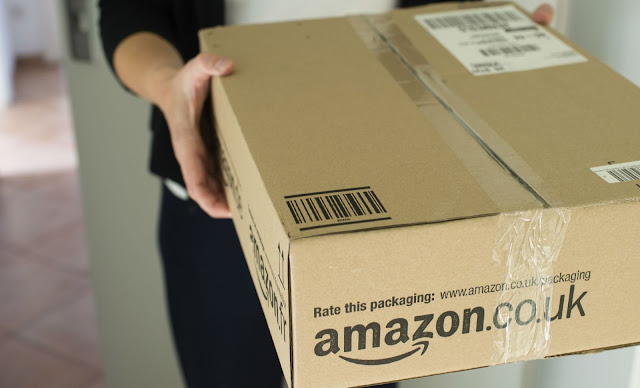Trends in E-commerce So Far
| Is e-commerce dominating the market? |
The growth of e-commerce is huge. Large enough, that it is killing brick and mortar stores faster than ever. Here is a summary of the key takeaways in this industry in the last year. What is interesting is that the industry continues to grow at a rate far exceeding all expectations that investors have had.
1. Retail mobile e-commerce is exploding, increasing in the United Kingdom, for example, from around $14.2 billion In 2014 to an expected $18.6 billion in 2015.
2. Social networks such as Facebook, Twitter, Pinterest, and Instagram, together with online retailers, continue to try to understand how best to facilitate social e-commerce, with the introduction of Buy buttons on Facebook, Twitter, and Pinterest.
3. Local e-commerce, headlined by new local on-demand service companies such as Uber, skyrocketed to an estimated $25 billion in the United States.
4. The number of online buyers continues to increase to over 1.4 billion worldwide in 2015.
5. Online retailers remain generally profitable by focusing on revenue growth, increasing the size of average purchase amounts, and improving efficiency of operations.
6. Online retail remains the fastest growing retail channel.
7. Buying online has become a normal, mainstream, everyday experience. Almost half of all Internet users worldwide are now online buyers.
8. The selection of goods for purchase online continues to increase to include luxury goods, such as jewellery, gourmet groceries, furniture, and wine, as customer trust and experience increase.
9. Informational shopping for big-ticket items such as cars and appliances continues to expand rapidly to include nearly all retail goods (both durables and non-durables).
| Largest growth has been seen in mobile ecommerce |
10. Specialty retail sites show rapid growth in online retail as they develop customized retail goods and customer online configuration of goods.11. Online retailers place an increased emphasis on providing an improved “shopping experience,” including ease of navigation and use, online inventory updates, interactive tools, customer feedback and ratings, and social shopping opportunities.
12. Online retailers increase the use of interactive marketing technologies and techniques such as blogs, user-generated content, and video that exploit the dominance of broadband connections and offer features such as zoom, colour switch, product configuration, and virtual simulations of households and businesses.
13. Retailers are increasingly becoming omni-channel retailers, integrating the multiple retail channels provided by physical stores, the Web, and the mobile platform. New virtual merchants such as Birchbox, Naturebox, and others emerge that are using a new subscription-based revenue model for retail.
14. Big Data and powerful analytic programs begin to be used for predictive marketing by both large and small retailers.


